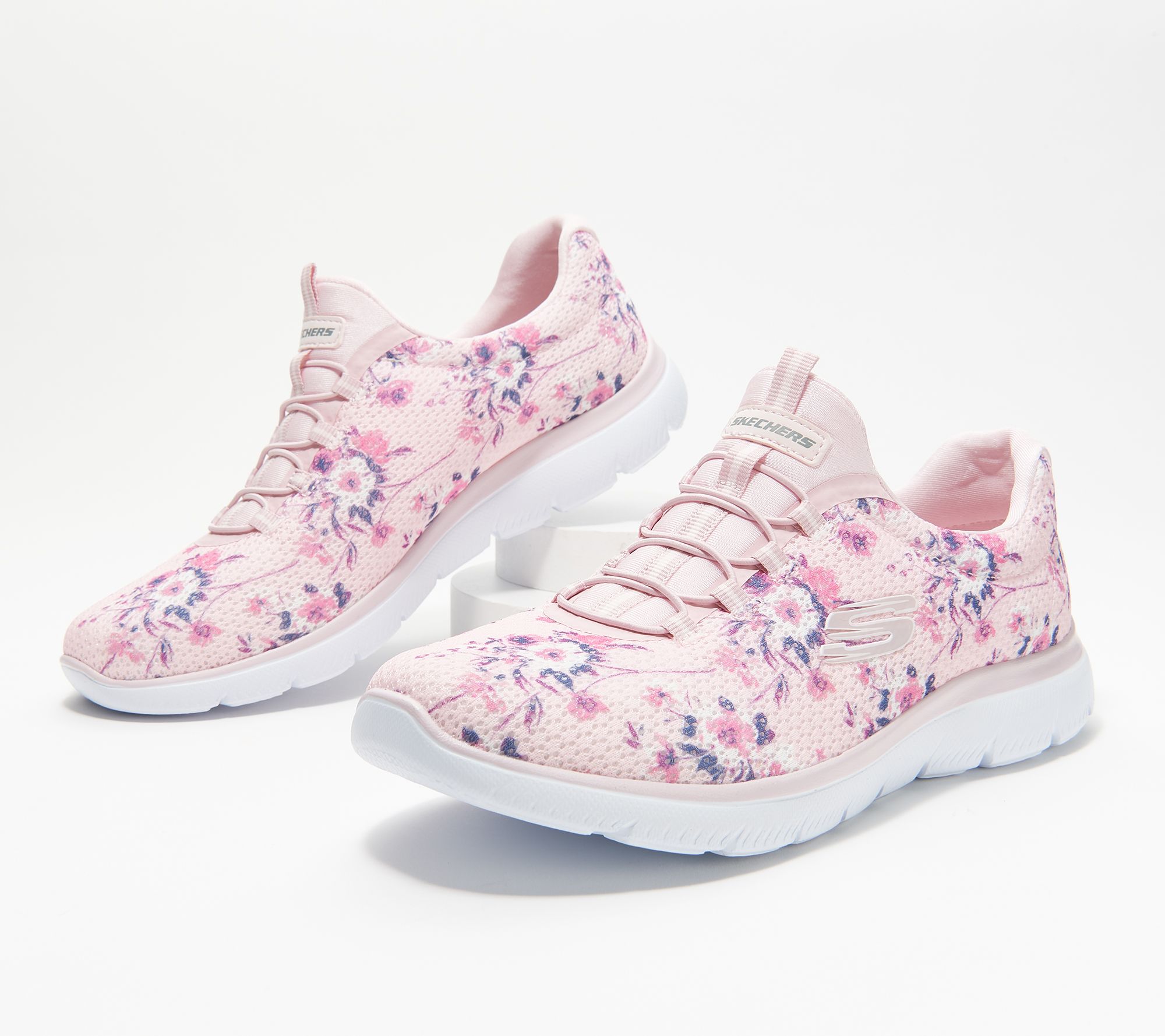Air Jordan 1 Retro High OG Patent Bred – Air Jordan – 555088 063 – black/white/varsity red
Featuring a classic mix of hues, the Air Jordan 1 Retro High OG ‘Patent Bred’ also sports an elevated construction.
Featuring a classic mix of hues, the Air Jordan 1 Retro High OG ‘Patent Bred’ also sports an elevated construction. Built entirely with patent leather, the shoe’s upper appears in a familiar mix of black and Varsity Red, with perforations on the toe box offering breathability. Underfoot, a white Air midsole provides cushioning and contrast, giving way to a Varsity Red finish on the concentric rubber outsole, which is included for traction.






Reviews
There are no reviews yet.